Houston, TX, July 4, 2024 – For the first time, NASA's Starliner spacecraft has embarked on a mission with astronauts aboard. Dubbed "Mission Starliner," the spacecraft carried two astronauts, Sunita Williams and Butch Wilmore, to the International Space Station (ISS). However, complications have delayed their return to Earth.
Originally scheduled for an eight-day mission, the astronauts' stay has been extended indefinitely due to a helium gas leak and thruster malfunctions. NASA announced that the mission duration could be extended up to 90 days, leaving the astronauts on the ISS for the foreseeable future.
On June 5, the Boeing-built Starliner successfully launched with Williams and Wilmore on board. However, the spacecraft encountered issues that prevent it from safely returning to Earth. The thruster malfunction and helium gas leak were identified after the vehicle reached the ISS. Despite these challenges, NASA officials emphasize the astronauts' safety and well-being.
NASA and Boeing engineers are conducting ground tests in New Mexico to diagnose and resolve the issues. Mark Nappi, vice president and program manager of Boeing's commercial crew program, and Steve Stich, NASA's commercial crew program manager, stressed the importance of gathering data to enhance Starliner's performance in future missions.
Both NASA and Boeing officials have assured the public that the astronauts are not in danger. "I want to be very clear, Butch and Suni are not stuck in space," said Steve Stich. "Our plans are underway to bring them back to the Starliner and bring them home in due course."
NASA has scheduled a press conference on July 10 at 11 am local time to provide further updates. Astronauts Williams and Wilmore will join the conference from the ISS, sharing their experiences and current status.
Extended stays in space are not unprecedented. In September 2022, NASA astronaut Frank Rubio faced a similar situation when a coolant leak in Russia's Soyuz capsule extended his mission to 371 days on the ISS. Such delays, while challenging, are part of the inherent risks of space exploration.
While the exact return date remains uncertain, NASA is confident in its ability to manage the extended mission. The agency continues to monitor the Starliner's battery life and other critical systems to ensure a safe and timely return.
The space agency's focus remains on the safe return of its astronauts and the successful completion of Mission Starliner, despite the unexpected challenges.



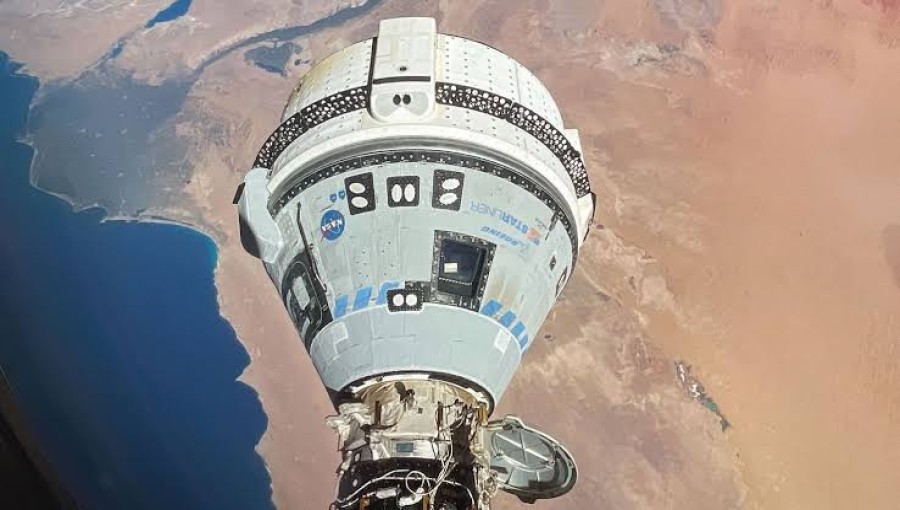

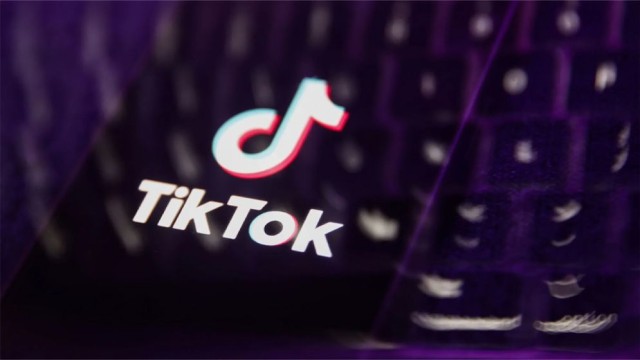
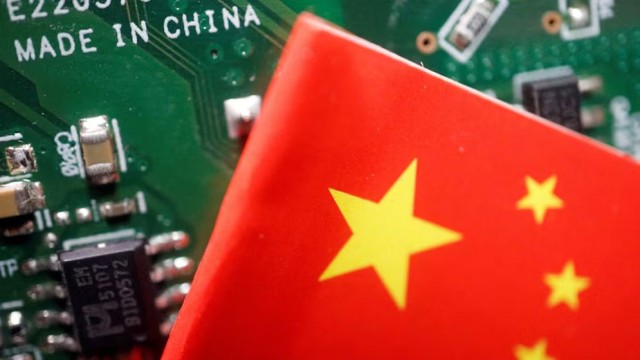
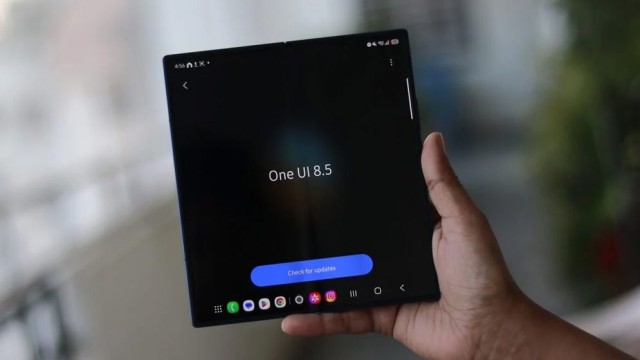
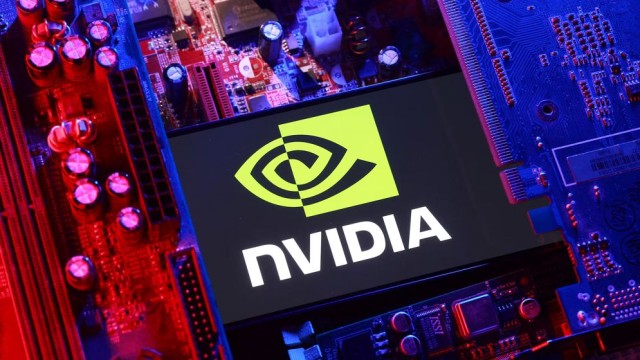

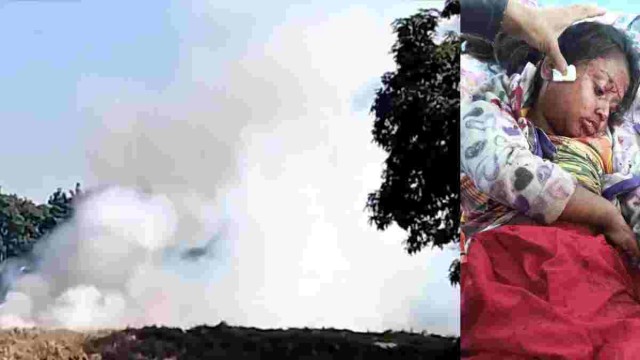

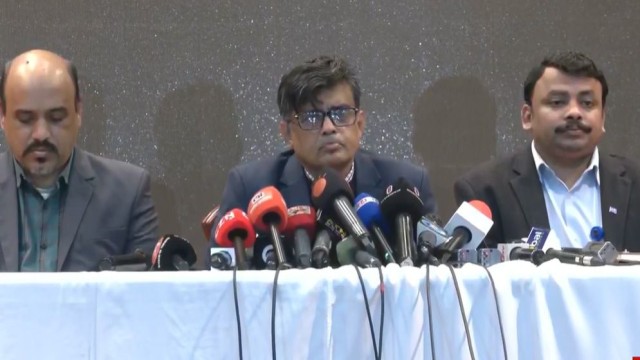
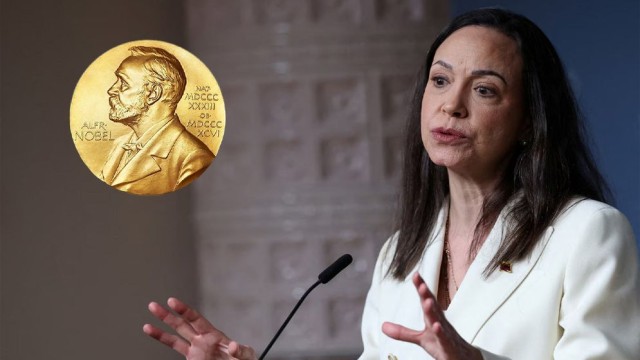
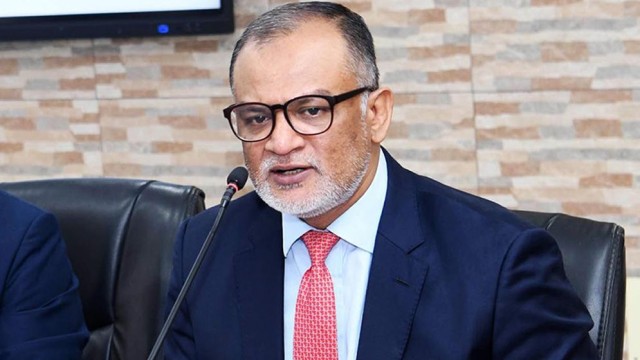

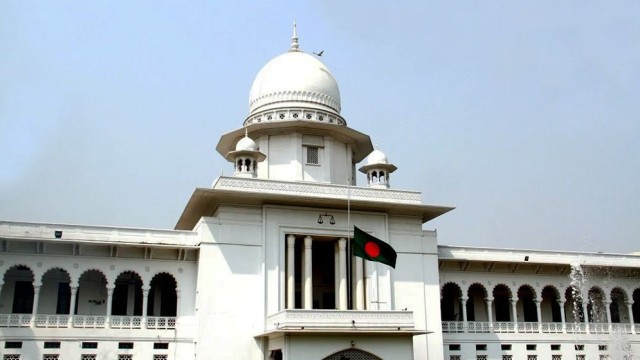


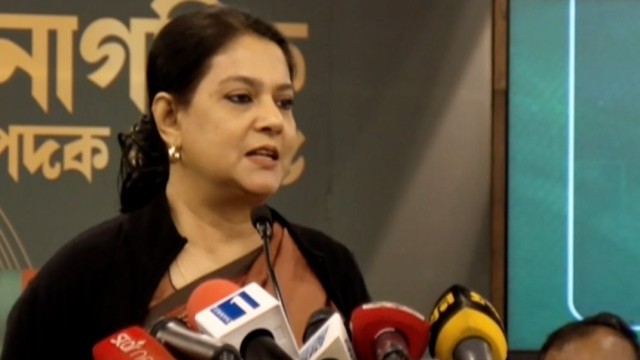


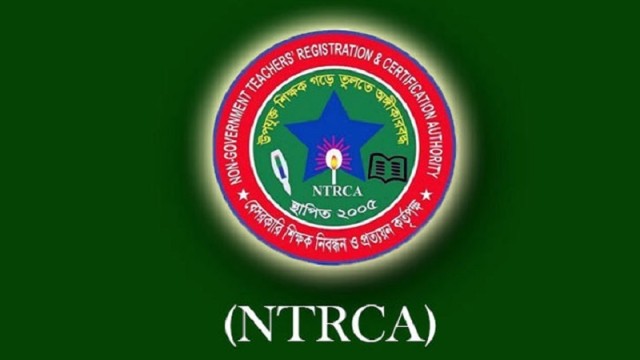



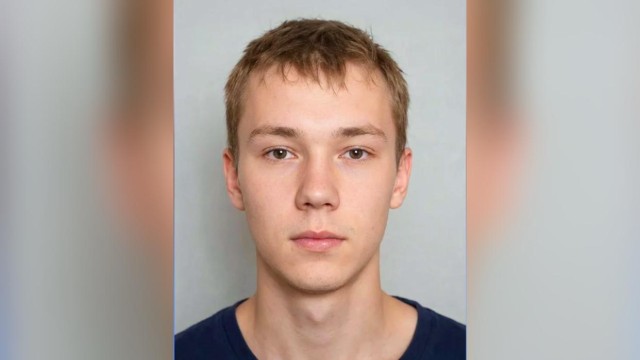

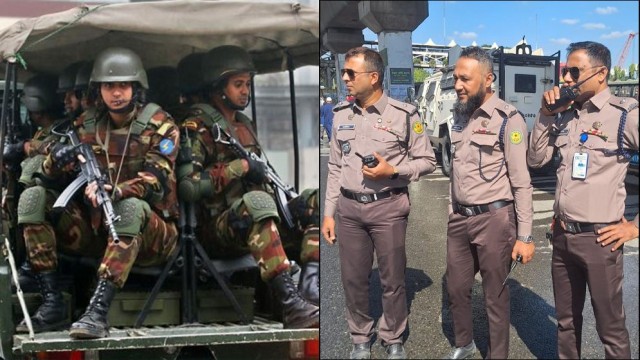


Comment: